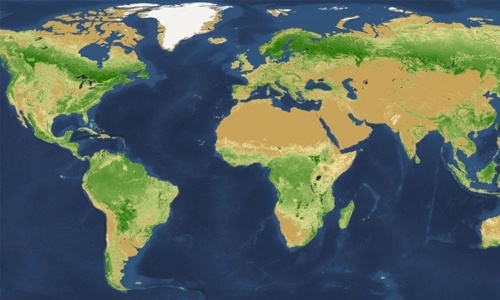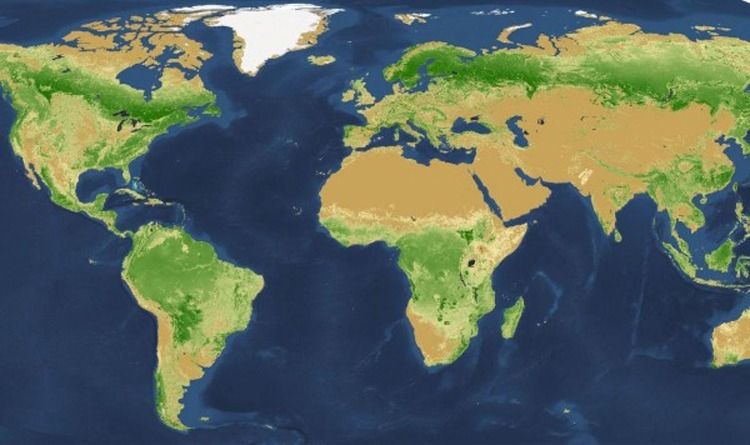

An international collaboration of scientists has just completed the ultimate green census—by calculating that the planet is home to 3.04 trillion trees. The latest estimate is far higher and almost certainly more accurate than any previous attempt. But the bad news is that humans are removing trees at the rate of 15 billion a year—and there are now about half as many as there were at the dawn of civilization.
For every person on Earth, there are 422 trees—in total, more than 3,000 billion deciduous or evergreen growths with woody trunks greater than 10 centimeters at breast height. The researchers based their study on close analysis of satellite imagery, and of data from 429,775 plots of trees as measured on the ground in 50 countries on every continent except Antarctica. Statistical Techniques They counted forests in 14 “biomes”—or different kinds of climate, soil and topography—and in places not normally associated with trees, such as deserts, savannah, swamps, tundra and high mountains. They then they used statistical techniques that could extend their sample density measurements to the whole terrestrial world. The scientists report in Nature journal that the tropical and subtropical forests are home to 1.39 trillion trees, while the boreal forests of the north contain 0.74 trillion, and the temperate zones hold 0.61 trillion. Trees create and hold soil, forests become “sponges” that conserve and recycle water, and trees and forests between them sustain most terrestrial life, and provide human societies with food, medicines, building materials and even fabrics. They also play a vital role in the management of the atmosphere, as absorbers of carbon dioxide. So an accurate “fix” on the numbers and density of forest landscapes becomes a first step in climate modeling, and in planning for the conservation of biodiversity. “Trees are among the most prominent and critical organisms on Earth, yet we are only recently beginning to comprehend their global extent and distribution,” says Thomas Crowther, an ecologist at the Yale School of Forestry and Environmental Studies and lead author of the study. “They store huge amounts of carbon, are essential for the cycling of nutrients, for water and air quality, and for countless human services. “Yet you ask people to estimate, within an order of magnitude, how many trees there are and they don’t know where to begin. I don’t know what I would have guessed, but I was certainly surprised to find that we were talking about trillions.”

 233k
233k  41k
41k  Subscribe
Subscribe 
